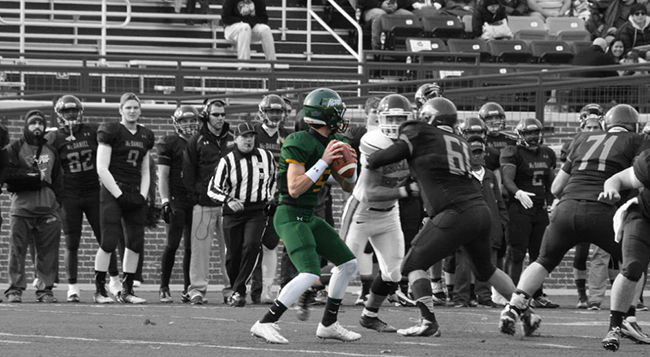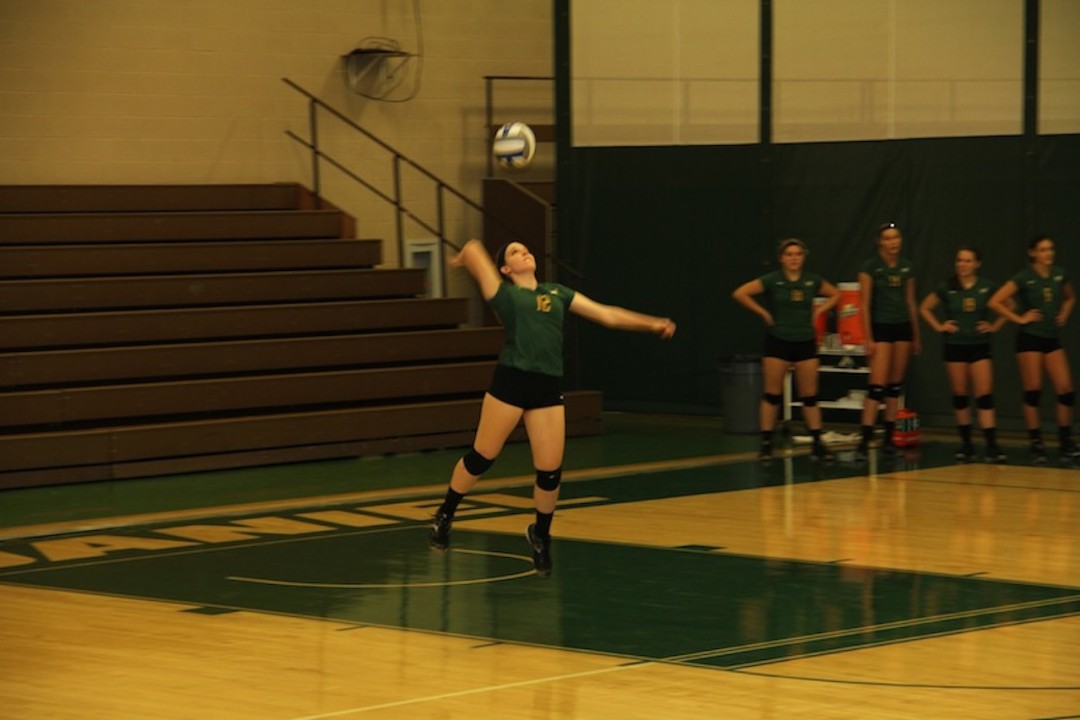Money, power, and control. These elements fuel high-level college athletics.
The National Collegiate Athletic Association (NCAA) is in charge of college sports in America. The association is a non-profit organization that takes in billions of dollars. In 2015, the March Madness basketball tournament took in an estimated 900 million dollars from TV-generated contracts with CBS and Turner Sports. With the growing amount of profits and new era of commercialism, the debate of paying college athletes has generated a large discussion in the past decade.
The Northwestern University football team, the Ed O’Bannon Case, the rule change for unlimited food and snack for Division I athletes and other events have increased the momentum for the argument in favor of paying college athletes.
“The experience of college for student-athletes should be motivated by their passion for a sport and to get a degree,” said McDaniel Athletic Director Paul Moyer. He also expressed his opinion that the amateur code for college athletes works because there are other sports models globally that just employ people without pairing an education with it such as soccer in Europe. With all of this, there is still a question about giving both male and female athletes on the collegiate scale some sort of revenue for their effort. I believe that some form of compensation is needed.
In 2014, the N.C.A.A. passed legislation for unlimited snacks and meals for Division I athletes. This is a good step in giving student athletes the tools they need to succeed both on and off the field. Even though the measure is for unlimited food, the institution can determine the amount given based on the scholarship for the athlete. This could mean that a full-scholarship Division-I athlete can still have limited meals provided by the school.
Today, the only way in which a student-athlete can generate income is from a recent study that is being conducted between the U.S. Department of Defense (D.O.D.) and the NCAA on the effects of concussions. Those student-athletes who participate in the program can receive compensation for their participation but it must be based on what a non-student athlete would take in according to the plans.
The way in which college athletics is run is a system where millions of eighteen-year-olds generate enormous sums of money for their institutions and in return are promised a free education. The free education is great and student-athletes deserve the chance to get a degree for what they put on the field, but they also cannot succeed without tools that fuel success. The meal change is a good step in providing more to college athletes but if someone is putting in 50 hour practice weeks, signing autographs, being viewed by millions of people on television and trying to earn a degree, then some sort of side payment may need to be instituted for what is generated back to schools and the NCAA in revenue which today amounts to billions of dollars.





